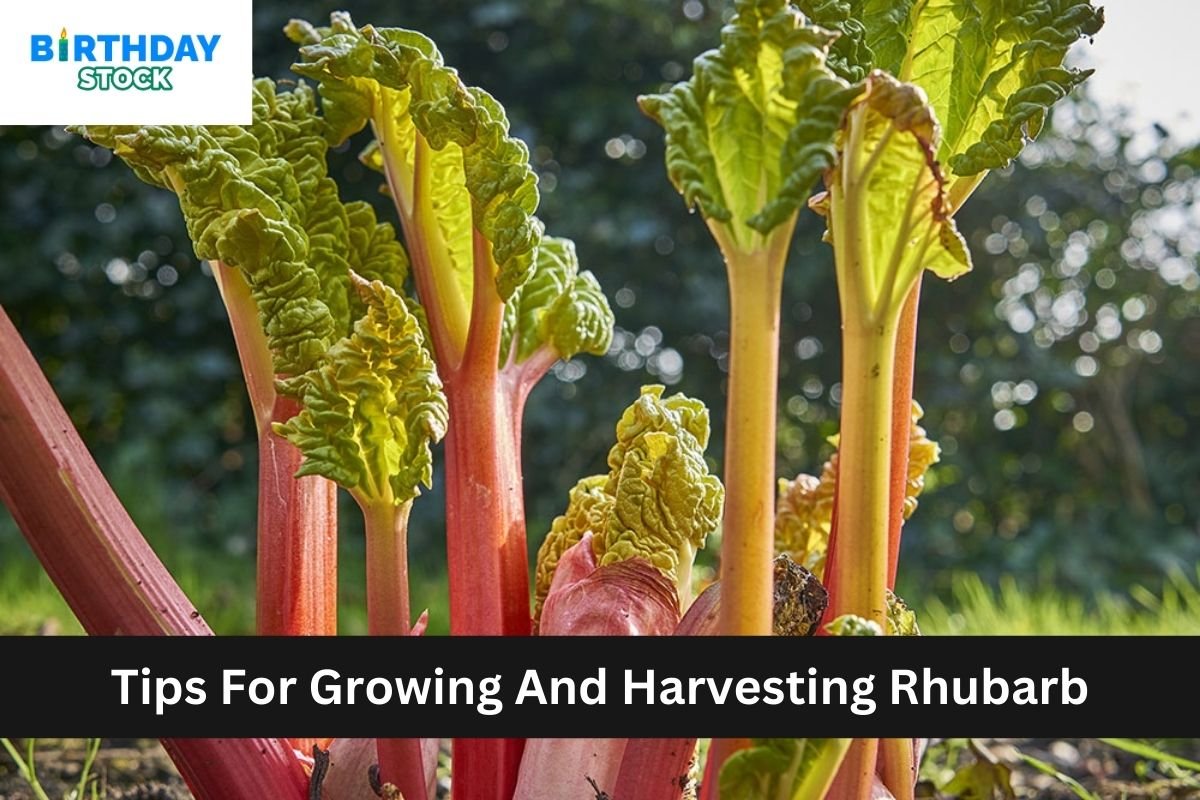Plant a Rain Garden in Your Yard ;- A lovely and eco-friendly method to control stormwater runoff, lessen pollutants, and improve the visual attractiveness of your yard is to install a rain garden.
Plant a Rain Garden in Your Yard
You can aid in groundwater recharge, wildlife habitat provision, and water conservation by creating a rain garden. This is a how-to for setting up a rain garden in your backyard.
1. Select the Proper Spot
The success of your rain garden depends on the area you choose. Take into account the following elements: Distance from Runoff Sources: Place your rain garden in a location where it may catch runoff from roads, roofs, and other hard surfaces. For the purpose of keeping water from leaking into the foundation, it needs to be at least 10 feet away from your home.
Soil Nature: To make sure the soil can absorb water effectively, perform a percolation test. Create a hole that is about 12 inches deep, add water, and observe how long it takes for the water to drain. The water should ideally drain in a day or two.
sunshine: Full to partial sunshine is ideal for the majority of rain garden plants. Pick a location that gets at least six hours of sunlight each day.
2. Create a Rain Garden Design
A thoughtfully planned rain garden has both practical and visual appeal. To design, adhere to these steps : Dimensions and Form: Your rain garden’s dimensions ought to correspond with the area that produces runoff. Generally speaking, you want your garden to be between 10 and 20 percent the size of the drainage area.
The form can be kidney-shaped, freeform, or any other shape that works with your terrain.
Depth: Rain gardens usually have a depth of 6 to 12 inches. The depth will vary depending on how well your soil drains and how much runoff you anticipate. Channels and Berms Make small dirt mounds called berms all around the garden to funnel runoff into it. To direct water from the source into the garden, dig a swale or channel.
3. Get the Soil Ready
Water absorption and plant health depend on properly prepared soil: Remove Weeds and Sod: Get rid of any grass, weeds, and other plants from the area. Amend the Soil: By adding compost or other organic materials, you can increase the fertility and drainage of the soil.
To improve percolation, you might need to add sand if the soil has a lot of clay in it. Build a Basin: Soil should be shaped to create a shallow basin with gently sloping edges so that water can collect and seep in.
4. Select and Plant Native Plants
A rain garden that thrives depends on carefully selecting its plants. Because they assist local species and are adapted to the local environment, native plants are chosen. Plant Zones: Based on moisture levels, divide your rain garden into three zones: the outer (dryer borders) and the middle (moderate moisture).
Wet Zone Plants: Choose plants that thrive in damp conditions, such as swamp milkweed, cardinal flower, and blue flag iris. Middle Zone Plants: Select plants like Joe-Pye weed, coneflowers, and switchgrass that can withstand both wet and dry circumstances. Outer Zone Plants: Choose plants that can withstand drought, such as purple coneflower, black-eyed Susan, and little bluestem.
5. Keep Your Rain Garden Maintained
Maintaining your rain garden on a regular basis guarantees its usefulness and health: Watering: To aid in plant establishment, water the garden frequently during the first growing season. After they’re established, they shouldn’t need much watering. Remove any invasive weeds from the garden to lessen competition for water and nutrients.
Mulching: Spread a layer of mulch to stop erosion, keep moisture in the soil, and discourage weed growth. Resupply mulch once a year. Pruning and Dividing: Divide perennials as needed to encourage healthy development, and prune overgrown or dead plants to keep an attractive appearance.
Final Thoughts
A rewarding method to support environmental sustainability and enhance the aesthetics and diversity of your landscape is to plant a rain garden in your backyard. Through deliberate site selection, smart design, soil preparation, native plant selection, and garden maintenance,
you can establish a robust ecosystem that naturally controls runoff and provides habitat for nearby species. For many years to come, take pleasure in the advantages of a rain garden that is both practical and beautiful.















